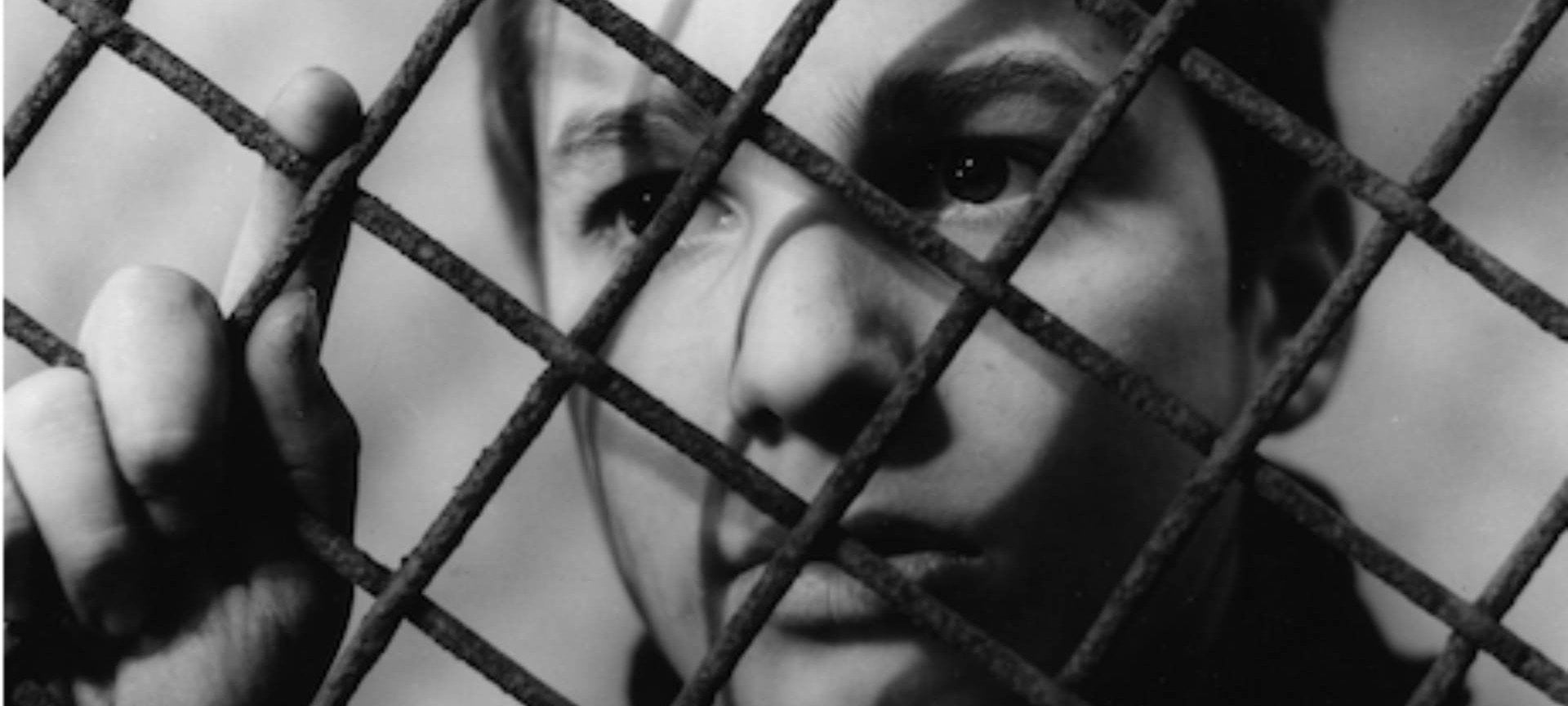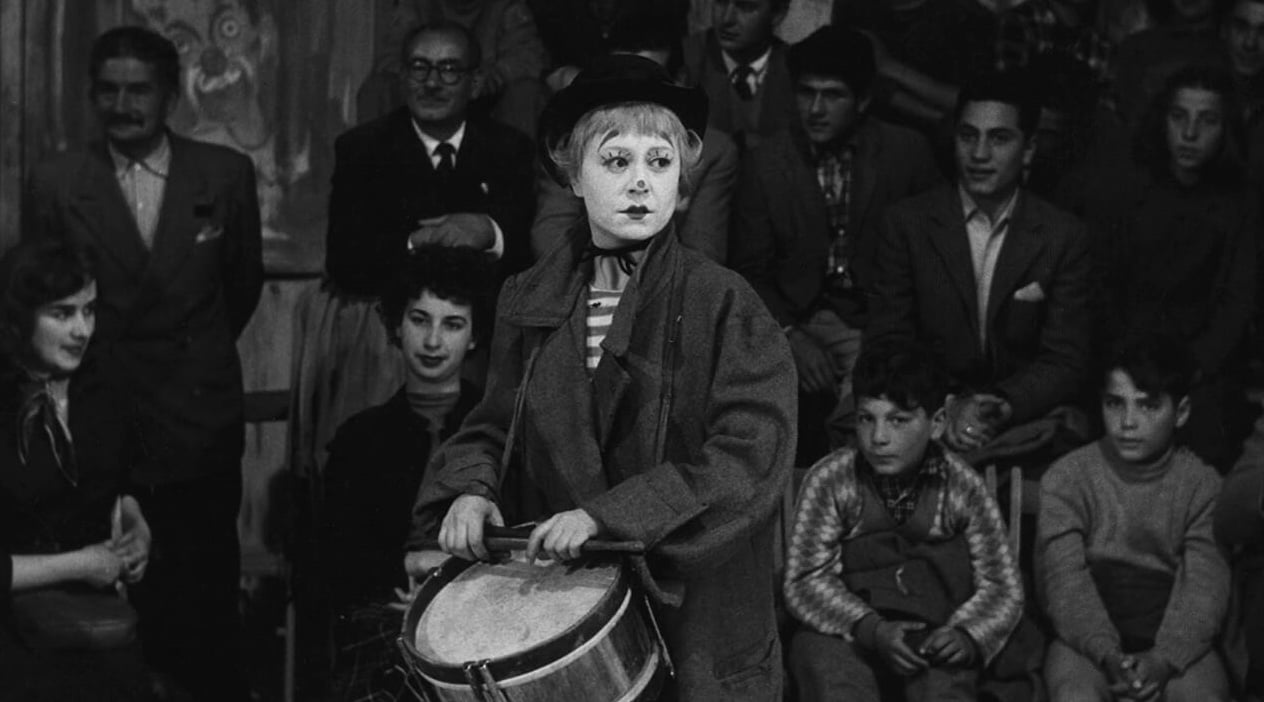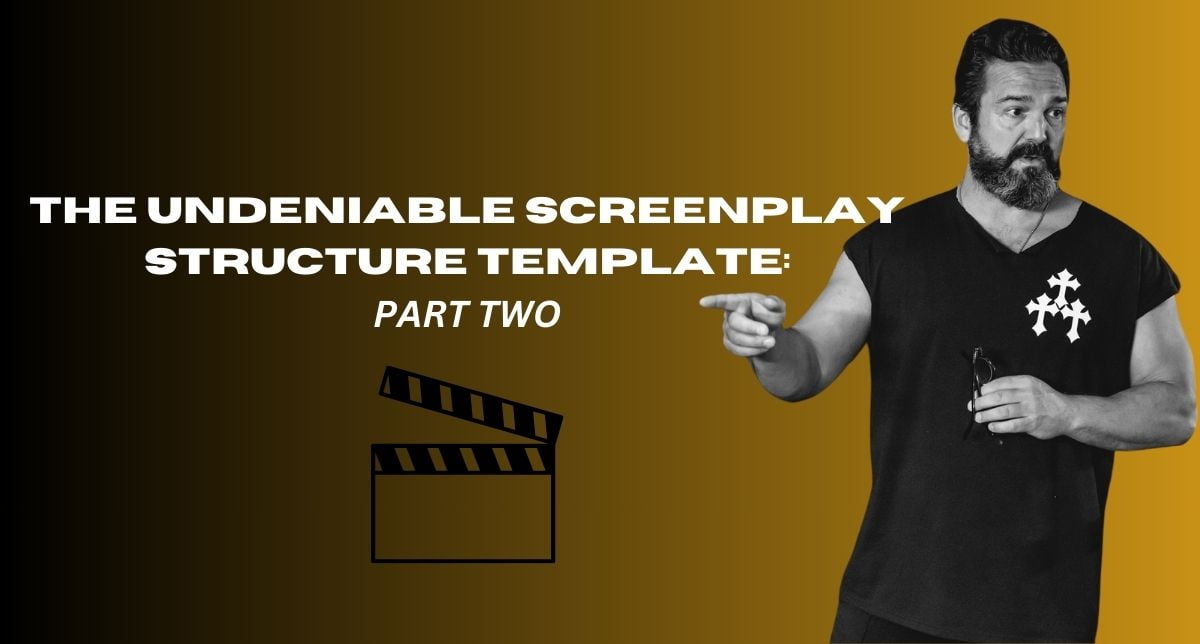Dear Storyteller,
When it comes to crafting a compelling screenplay, one of the most essential, yet often overlooked stages is the Ordinary World—this is the initial glimpse we get into your protagonist’s life before their journey truly begins. The term was coined by screenwriting guru, Christopher Vogler, famously used in his classic book, The Writer’s Journey.
In his paradigm, this part of the screenplay is like the calm before the storm, the prologue that sets the stage for everything that’s about to unfold. It’s where we, as the audience, should see not only what the protagonist’s life is like but, more importantly, what’s lacking in it.
In my own screenplay structure template – I don’t use the term ‘Ordinary World’ – I call it the Discontented World.
In Vogler’s Ordinary World, the discontent is implicit, in this paradigm—the discontent is explicit.
The Discontented World becomes the foundation on which the entire narrative is built, and getting it right can make all the difference between a story that captivates and one that falls flat.
When some writers hear the term Ordinary World, they often brush over this section as if it’s just a tiresome introduction that is delaying the ‘Inciting Incident’ or ‘Call to Adventure’ stage of your story.
Let’s dive into how the critical ‘Discontented World’ section works and and how it should be far from ordinary.
First let’s look at some iconic examples of cinematic storytelling to inspire your own screenwriting journey. By the way, we’re not going to talk about ‘Star Wars’; that’s been done.
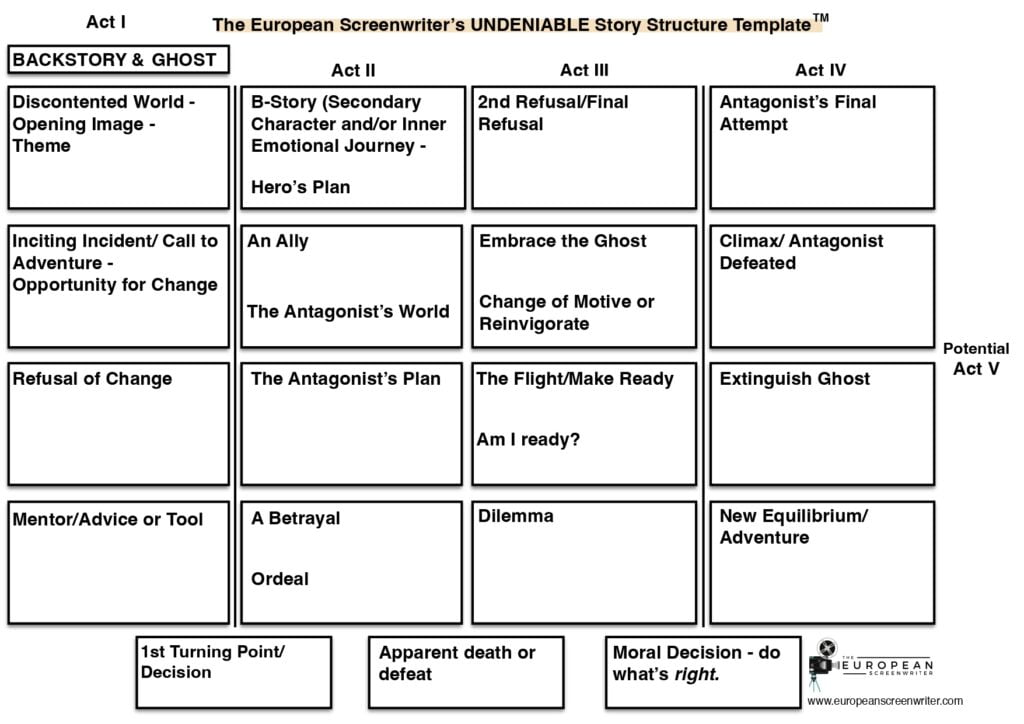
The Discontented World: The Rumblings Before the Storm
The Discontented World is the protagonist’s life before the adventure begins. It’s the ‘oppressive normal’ that the hero will eventually leave behind.
But this section isn’t just about showing their daily routine; it’s about revealing what’s emotionally missing—what the character subconsciously needs but doesn’t yet realise. This lack creates a tension, a yearning that pulls the character—and the audience—into the story.
Think of the Discontented World as a snapshot of the protagonist’s status quo. It’s the life they know, the comforts and discomforts that they cling to, and the limitations they haven’t yet questioned.
We must present our protagonists at their most characterful—doing the things that really showcase who he or she is, whilst simultaneously showing the audience what this character is lacking. As you can see, Dear Storyteller, this is not simply a few pages of fluff—this is perhaps one of the most complex sections to get right.
What’s Lacking: The Subconscious Need
The key to a great Discontented World is highlighting what’s lacking in your protagonist’s life—their subconscious need — something they may not even know they’re missing.
This need isn’t just a mere plot point; it’s the emotional and psychological void that eats away at the character and drives them forward.
It’s the missing piece of the protagonist’s heart that the coming adventure will help them to discover,
The Discontented World in Action
Casablanca is as perfect a film as was ever created.
When we first meet Rick, he’s a bitter, cynical, world-weary bar owner in the chaotic world of Vichy-controlled Morocco. On the surface, Rick seems to have it all—respect, power, and control over his domain. But what’s lacking is painfully clear: love, purpose, and a connection to anything beyond his own immediate survival. ‘I stick my neck out for nobody’ is the classic line that sets us up for the moment where he really does stick his neck out — not only for Ilsa and Lazlo but also for the young couple trying to get to America.
Without the Discontented World being so clear so early on in the story, this growth in his character would have been inconsequential.
Rick’s Discontented World is one of isolation and bitterness, a stark contrast to the passion and idealism he once had and that he will find again. This lack becomes the emotional hook that drives the story forward as he’s drawn into the conflict between love and duty.
In Fellini’s La Dolce Vita, we are introduced to Marcello, a journalist navigating the glamorous yet vacuous world of Rome’s high society. His Discontented World is filled with parties, affairs, and fleeting pleasures, but beneath the surface lies a deep, unfulfilled longing for a meaningful life. It’s a desire so many of us can relate to.
Marcello’s subconscious need for true connection and purpose is what’s missing from his heart, and this void becomes the silent force that propels him through the story’s episodic structure. The lack of fulfilment in his Discontented World sets the stage for his gradual realisation of his life’s hollowness.
A Deeper Look at the Discontented World in European Cinema
Take La Strada, again by the great Fellini. The film opens with Gelsomina, a naive young woman living in poverty, sold by her mother to a traveling strongman, Zampanò. Her Discontented World is one of innocence and simplicity, yet what’s lacking is any sense of self-worth or agency.
She doesn’t yet realise she needs to find her own strength and identity, something the harsh journey with Zampanò will force her to confront. This initial lack, this void of self, becomes the driving force of her tragic journey.
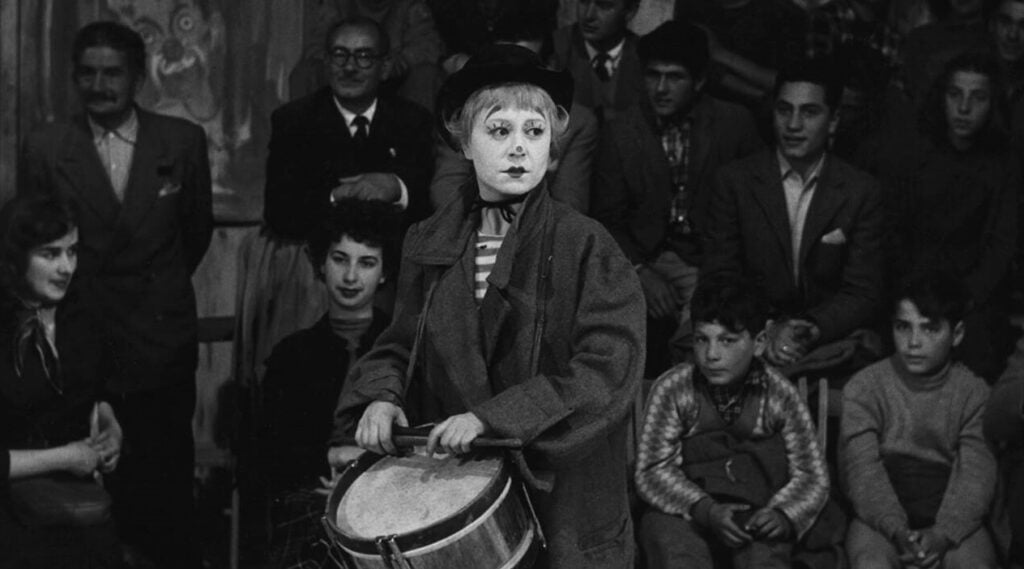
In Bergman’s Wild Strawberries, we meet Professor Isak Borg, an aging, emotionally distant man reflecting on his life during a road trip to receive an honorary degree. His Discontented World is one of isolation, rooted in his intellectual achievements but devoid of emotional connections. What’s lacking is the warmth of human relationships and the acceptance of his own mortality.
The journey he embarks on forces him to confront these needs, making his Discontented World the perfect setup for a story of self-discovery and redemption.
The Discontented World in my own work
Now, dear Storyteller, I’m not comparing my abilities to that of Bergman or Fellini, but I will give examples of the Discontented World from the screenplays for my film DIRTY BOY, and my PAGE award-winning screenplay, GUNN.
In GUNN, we meet the titular Scottish fisherman, who has lost his wife and child to a drowning at sea. In the Discontented World section, he is hard at work on a trawler, catching and gutting fish. During the course of this back-breaking work, we are confronted with the madness and heartbreak that the loss of his family have caused him and with the estrangement that had developed with his remaining daughter.
His need is clear; to re-establish and rebuild a family. This sets the stage and raises the stakes for the the moment his daughter is kidnapped.
In DIRTY BOY, we meet Isaac, who suffers with Multiple Personality Disorder. He lives in a strange cult and his Discontented World is full of cruel control, by the brutal cult leaders who want to suppress his ‘madness’. As the story progresses, Isaac comes to terms with his mental disorders and even uses them to his advantage as he attempts to save a cult member from a violent death. If we hadn’t seen Isaac submit to those trying to control him during the Discontented World section, we might have been unclear as to what he needed to face up to eventually become the hero of the story.

In my novel, The PARTISAN, we meet Emil. Set during a futuristic civil war, his Discontented World is one of stealing morphine for his abusive, drug-addicted father whilst mourning the death of his mother. His need is clear, he needs to re-establish a family unit and break free of his father’s dominant oppression.
Making the Discontented World Work in Your Screenplay
Now that we’ve explored these examples, can you apply these principles to your own story?
Show the status quo: Clearly establish what your protagonist’s life is like before the adventure begins. The audience must understand what’s at stake when the protagonist leaves it behind.
Highlight what’s lacking: Don’t just show the daily routine—reveal the void in your character’s life. What are they missing emotionally or psychologically? What need or desire is unfulfilled?
Create Contrast: The more stark the contrast between the Discontented World and the journey ahead, the more powerful the transformation will be. Use the Discontented World to set up the stakes and the emotional journey.
Build Emotional Resonance: Use the Discontented World to connect with your audience on an emotional level. Let them see themselves in the protagonist’s struggles and yearnings.
The Discontented World as the Launchpad
The Discontented World might seem like a quiet, understated part of your screenplay, but it’s the launchpad for everything that follows. It’s where you can plant the seeds of transformation by showing not just what your protagonist’s life is like, but what is missing both externally and internally.
If we carefully craft this section of our story, we can set the stage for a journey that’s not just a physical one, but a deeply emotional and transformative one.
So, dear Storyteller, take your time with the Discontented World. It’s not just where your story begins—it’s where the deep heart of your character’s journey is first initiated.
Keep writing, keep exploring, keep structuring and re-structuring your story, and remember: every great adventure starts with a world that’s waiting to be left behind.


